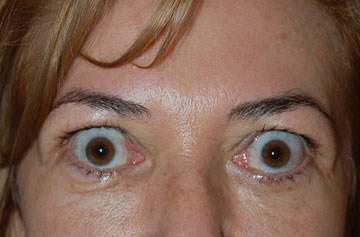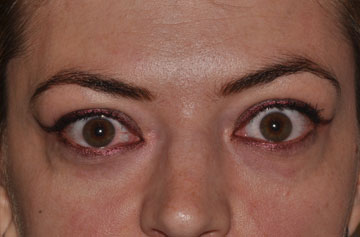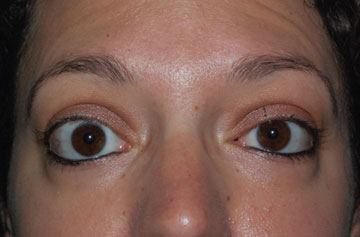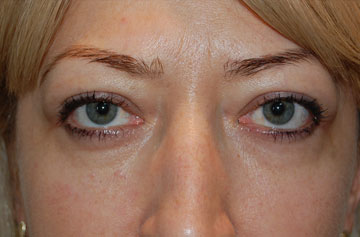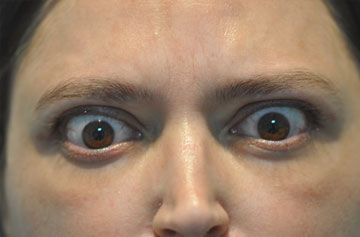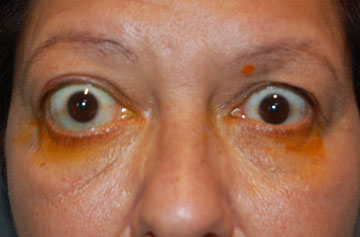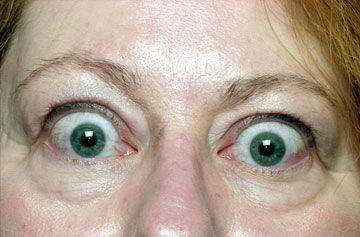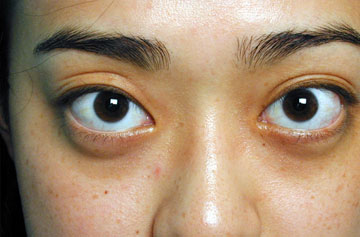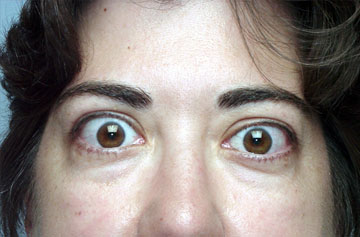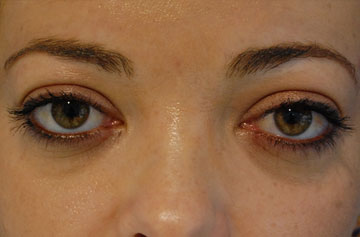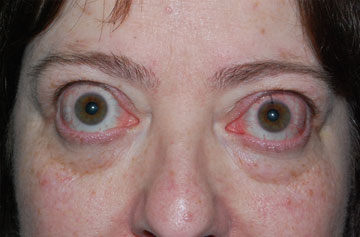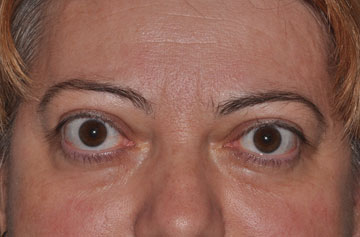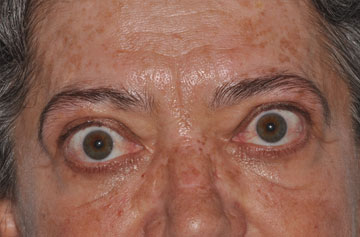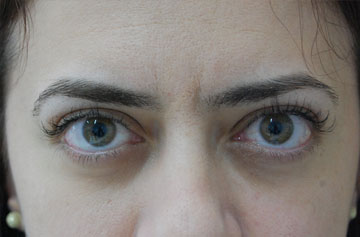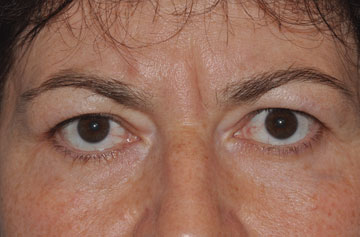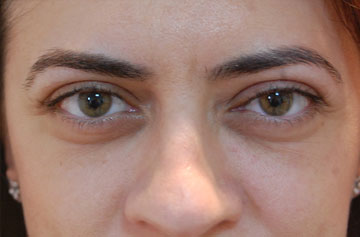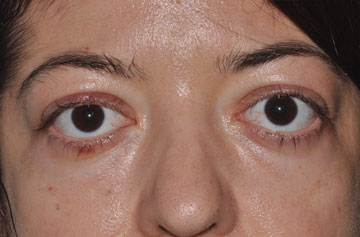Fake Eye
What you should know about Evisceration / Enucleation surgery
Evisceration is the surgical removal of the content of the eye, leaving the white part of the eye and the eye muscles intact. Enucleation is the surgical removal of the entire eye. Both procedures are done under general anesthesia and take about an hour. An implant is placed in the eye socket at the time of surgery and after 6 weeks of healing, a prosthesis (artificial eye) can be worn.
The rare instances when removal of the eye might be necessary are: severe injury, control of pain in a blind eye, intra-ocular tumor, severe infection inside the eye and cosmetic improvement of a disfigured eye.
Enucleation is the procedure of choice if there is a tumor inside the eye. For all other conditions, evisceration is the preferred procedure because it leaves the wall of the eye (sclera) with the muscles attached allowing for better motility of the prosthesis (artificial eye), better orbital volume and faster recovery.
Both procedures are done under general anesthesia and take about an hour. An implant (a sphere) is placed inside the eye socket. The implant rests inside and becomes part of the eye, getting covered by the sclera and conjunctiva (the wall of the eye). Six weeks after the procedure, when the eye socket is completely healed, a prosthesis that looks like a shell or a big contact lens is made by an ocularist and is custom painted to match the healthy eye.
Most patients go home the day of the procedure. A patch is worn over the eye for a couple of days. Antibiotic and pain medication is to be taken for a few days after surgery. A conformer (a rigid transparent prosthesis) is placed under the eyelid at the end of surgery to keep the space open for the final prosthesis. This conformer has to be kept in place at all times, otherwise the space under the eyelids can shrink, making impossible the final placement of a prosthesis.
-
Practical information:
Length of surgery: 30-60 min
Anesthesia: general anesthesia
Hospitalization: ambulatory (day surgery)
Downtime: 1-2 weeks

